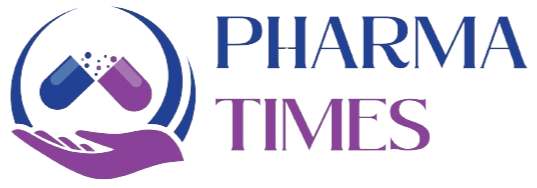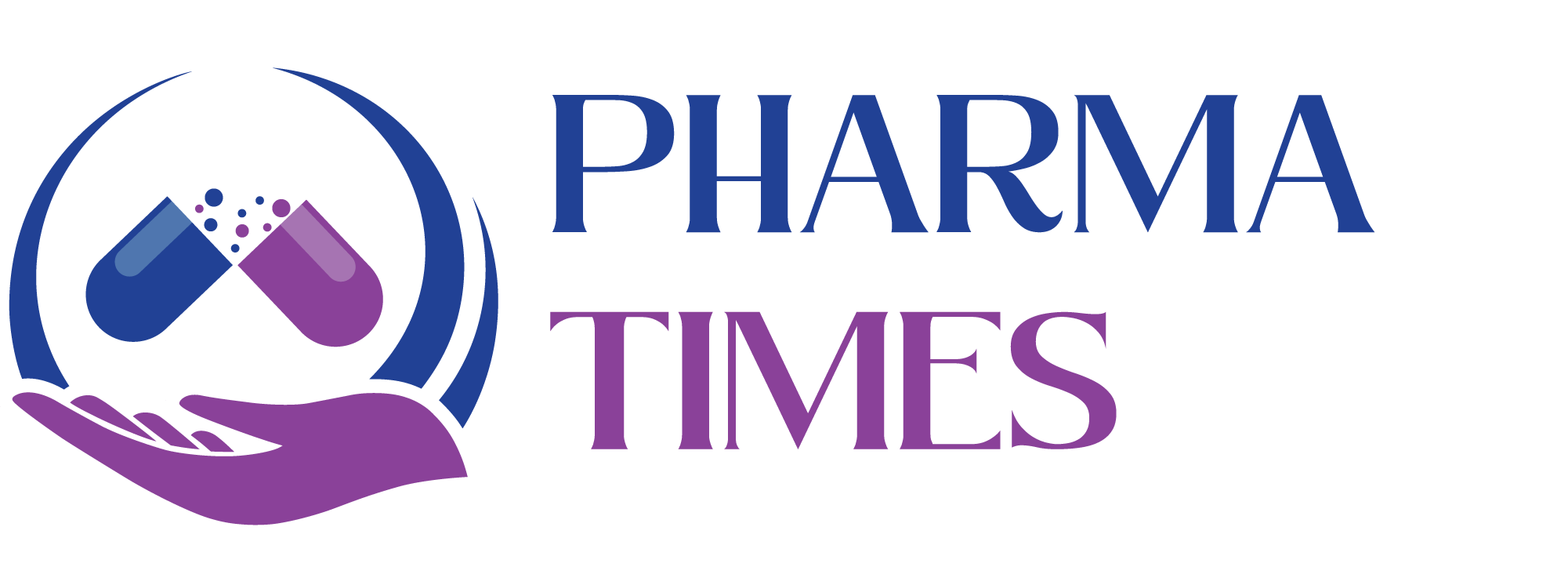Strategies to Prevent Contamination in Pharmaceutical Manufacturing Areas

🔹 What is Contamination in Pharma Manufacturing?
Contamination refers to the unintended presence of chemical, microbial, particulate, or cross-substance materials in a product or manufacturing environment. It can affect product safety, efficacy, and regulatory compliance.
🔹 Types of Contamination
-
Microbial Contamination
-
Caused by bacteria, fungi, or viruses.
-
Often introduced by personnel, unclean surfaces, or air.
-
-
Particulate Contamination
-
Includes dust, fibers, hair, or other visible/invisible particles.
-
Comes from packaging materials, clothing, or equipment wear.
-
-
Cross-Contamination
-
Occurs when different products, actives (APIs), or materials mix unintentionally.
-
High risk in multi-product facilities.
-
-
Chemical Contamination
-
Introduction of residues from cleaning agents, solvents, or other chemicals.
-
🔹 Key Contamination Control Strategies
1. Facility Design and Layout
-
Use cleanroom classification (ISO or EU-GMP Grades).
-
Maintain unidirectional flow of personnel, material, and product.
-
Ensure separate areas for different stages of production.
-
Airlocks, pass boxes, and differential pressure systems prevent cross-flow.
2. Environmental Monitoring (EM)
-
Regular monitoring of air, surfaces, equipment, and personnel.
-
Use of settle plates, swabs, contact plates, and air samplers.
-
Action and alert limits defined for microbial and particulate contamination.
3. Personnel Practices
-
Proper gowning as per cleanroom grade.
-
GMP training and hygiene awareness.
-
Restrictions on entry to high-risk areas.
4. Cleaning and Sanitation
-
Validated cleaning procedures with rotation of disinfectants.
-
Cleaning schedules for equipment, floors, walls, and ceilings.
-
Regular assessment of cleaning effectiveness.
5. HVAC and Air Handling Systems
-
Use of HEPA filters in cleanrooms.
-
Maintain appropriate temperature, humidity, and pressure differentials.
-
Regular filter replacement and HVAC validation.
6. Material and Equipment Control
-
Segregation and sanitization of materials before entering cleanrooms.
-
Equipment dedication or cleaning validation between batches.
-
Controlled movement via pass-throughs and material locks.
7. Pest Control
-
Routine inspections and documentation.
-
Sealed doors and windows to prevent entry.
-
Use of traps, baits, and professional pest management services.
8. Waste Management
-
Immediate disposal of waste using designated bins.
-
Regular removal from manufacturing areas.
-
Proper cleaning of waste containers.
9. Validated Processes and Controls
-
Validation of cleaning, sterilization, and sanitization.
-
Use of closed systems where possible to reduce contamination risk.
10. Documentation and Deviations
-
SOPs for every critical operation.
-
Recording and investigation of contamination events.
-
Implementation of CAPA (Corrective and Preventive Actions).
🔹 Conclusion
A contamination control strategy is not a one-time activity but a continuous, integrated approach involving personnel behavior, facility design, validated procedures, and real-time monitoring. Its implementation ensures product quality, patient safety, and regulatory compliance.
🎓 Discover one of the best Pharmaceutical Quality Assurance course available — click below to explore the course that’s shaping future Quality Assurance skills.

